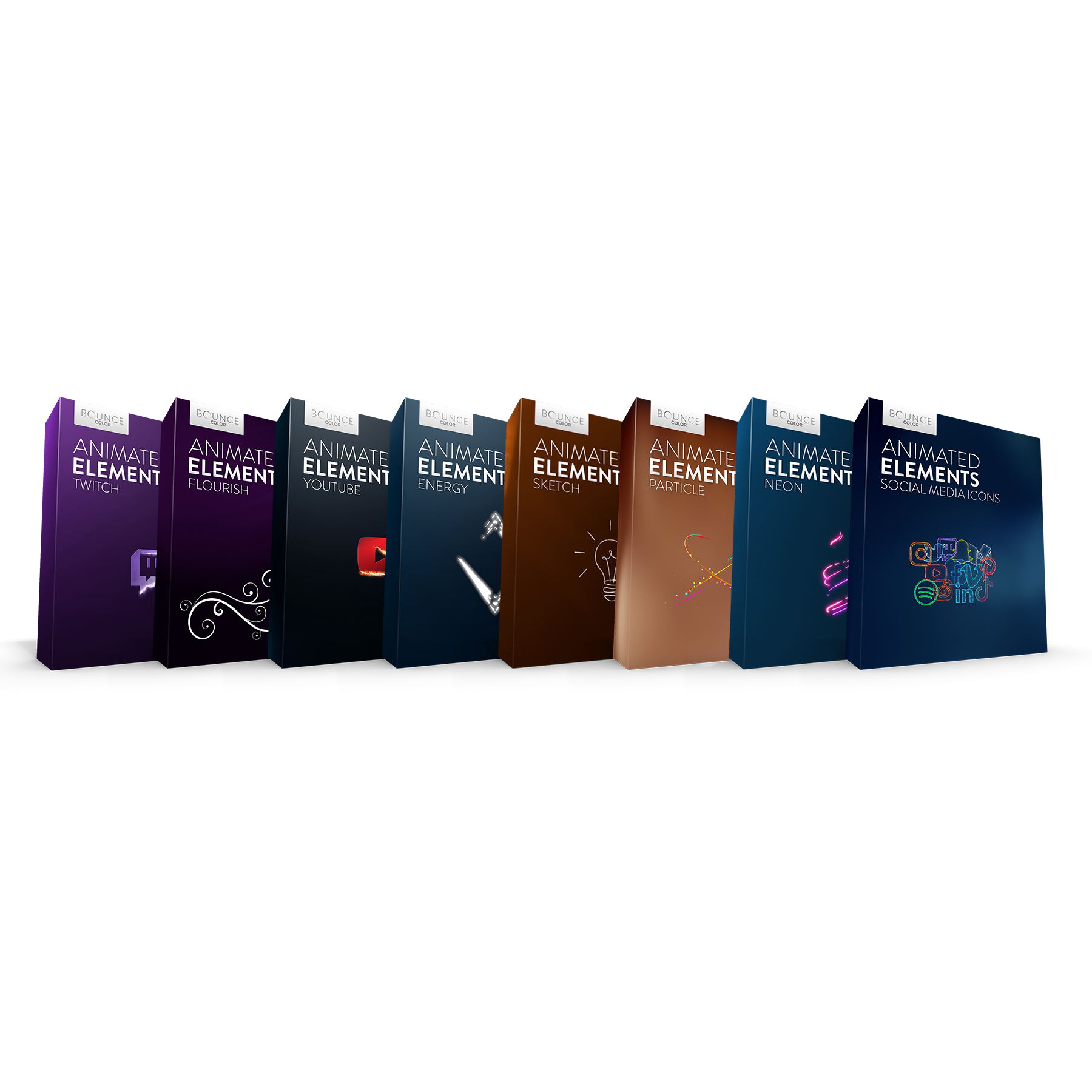

- #Davinci resolve luts folder mac software#
- #Davinci resolve luts folder mac free#
- #Davinci resolve luts folder mac mac#
In some situations or workflows it might be necessary to use a single combined transform. WHEN YOU MIGHT WANT TO USE A SINGLE COMBINED TRANSFORM Any grade, PowerGrade, look or LUT designed for the Alexa can now be used on the Sony footage with little or no modification. From this point the Sony footage can be treated as if it was real Alexa footage. Therefore using just the first component of Sony2Alexa places the Sony footage at an equal start point to real Alexa footage. And all grading is carried out on the ARRI LogC/Alexa Wide Gamut image. In most Alexa productions, the default ARRI Rec709 output transform LUT used in camera, is discarded when it comes to grading. The output transform, while important, isn’t actually a large part of what gives the Alexa its distinctive look. This is actually where the “Alexa look” lives. The key component of Sony2Alexa is the camera match transform. The main reason is so that footage converted with Sony2Alexa can be integrated into existing colour grading workflows designed for the Alexa, or so that it can integrate alongside footage from the Alexa allowing the same look to be applied to both sets of footage with little or no modifications. This takes the flat desaturated log image, applies a LogC to Rec709 2.4 gamma curve, an Alexa Wide Gamut to Rec709 matrix and outputs an image with restored contrast and saturation that will look correct on your display. The second component is an output transform LUT that takes the ARRI LogC/Alexa Wide Gamut image and converts it to Rec709. It takes S-Log3/S-Gamut.cine footage from the A7SIII, FX3 and FX6 as the input, linearises the image, matches it to the Alexa, then outputs this match as ARRI LogC/Alexa Wide Gamut. The first component or transform matches the cameras in linear space and outputs the image in log. cube extension or the LUT will not be recognized by the monitor).The standard Sony2Alexa transform is divided into two components, the camera match transform and the output transform. Save to an SD card for use in SmallHD monitors and elsewhere (ensure that the file retains a. Right-click and select ‘Generate 3D LUT (CUBE)’ĩ. Select the clip itself toward the middle-left of the main window (as opposed to the node at the upper-right)Ĩ. You should see a grid icon appear at the bottom of the node indicating it has a 3D LUT applied.ħ. In the Node view in the upper-right, right-click the only node (01) and select LUTs > (location of your LUT from step 1) to apply the grade to the clipĦ. Click on the Color page at the bottom of the main windowĥ. Drag and drop a video clip from the desktop into the timeline - (any video clip will work, we will only use it to ensure the LUT actually gets applied)Ĥ. Select the Edit page at the bottom of the main windowģ. (Mac HD) > Library > Application Support > Blackmagic Design > Davinci ResolveĬ:/ProgramData/Blackmagic Design/DaVinci Resolve/Support/LUT/Ģ.
#Davinci resolve luts folder mac mac#
Drop the LUT file into your Davinci Resolve LUT folder on a mac this is in:
#Davinci resolve luts folder mac free#
This can be done with a free program called Davinci Resolve.

This can be solved by converting this to a 3D lut.

These luts appear to be in a different configuration that the monitor is used to seeing. Why are these not working? Downloaded directly from Canon one even makes the picture black and white. They either don’t work or don’t act right.
#Davinci resolve luts folder mac software#
Firmware Software – All – Troubleshooting - LUTs not displaying correctly


 0 kommentar(er)
0 kommentar(er)
